EPL Notes: Tottenham bids farewell to White Hart Lane with win over Manchester United
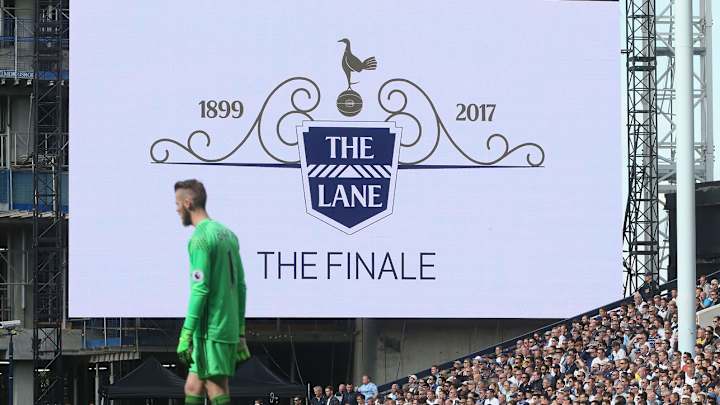
Only second place was at stake, but the Spurs fans were not going to allow Chelsea to spoil their party. Less than 48 hours after Tottenham’s slim chances of winning the title finally died, the supporters sang almost without a pausing for breath for more than 90 minutes. It was Tottenham’s last home game of the season and its last on a patch of ground where it has played since 1899.
The fans were rewarded. Tottenham dominated Manchester United, who also closed Upton Park last season. Victor Wanyama settled the nerves with a header after six minutes. Harry Kane, the favorite home boy, clipped in another at the start of the second half. Although Wayne Rooney added a frisson of fear as United showed some pride in the final 20 minutes, it was not enough to spoil the party. The 2-1 final score did not reflect Tottenham’s domination. The victory was enough to give the home fans something more to celebrate than memories.
With two away games left, Tottenham is assured of second place for the first time since 1963. It finished the season unbeaten at White Hart Lane (it did lose a Champions League game at Wembley) for the first time since 1965. That was a season that almost defined Spursy: Tottenham won 18 and drew three of its 21 league games at the Lane but won only one, and lost 16, of its 21 games away. Tottenham ended this season with 17 straight home victories in league and cup. It has been the club’s best season for decades, yet it again finishes without a trophy.
Chelsea must replenish, replace to avoid pitfalls of past champions in title defense
Mauricio Pochettino wrestled with that contradiction after the game. “Disappointed,” the Tottenham manager told Sky Sports. “But the second position is fantastic for us.”
One of the paradoxes of White Hart Lane is that while every part of the stadium the great soccer architect Archibald Leitch laid out in the first decades of the last century has been replaced over the last four decades, the atmosphere has remained. Long gone are the huge standing areas -- the terracing behind both goals, the Shelf along the entire East Stand and the Enclosure, at field level, under the West Stand -- that once allowed the Lane to hold more than 75,000. Yet even though the capacity was reduced to just over 36,000, before a corner of the ground was levelled this season, the playing surface remained unusually small and the fans unusually close.
Gary Neville, the former Manchester United defender, called the stadium “perfectly proportioned” during his commentary for Sky on Sunday.
After White Hart Lane: Tottenham's new stadium
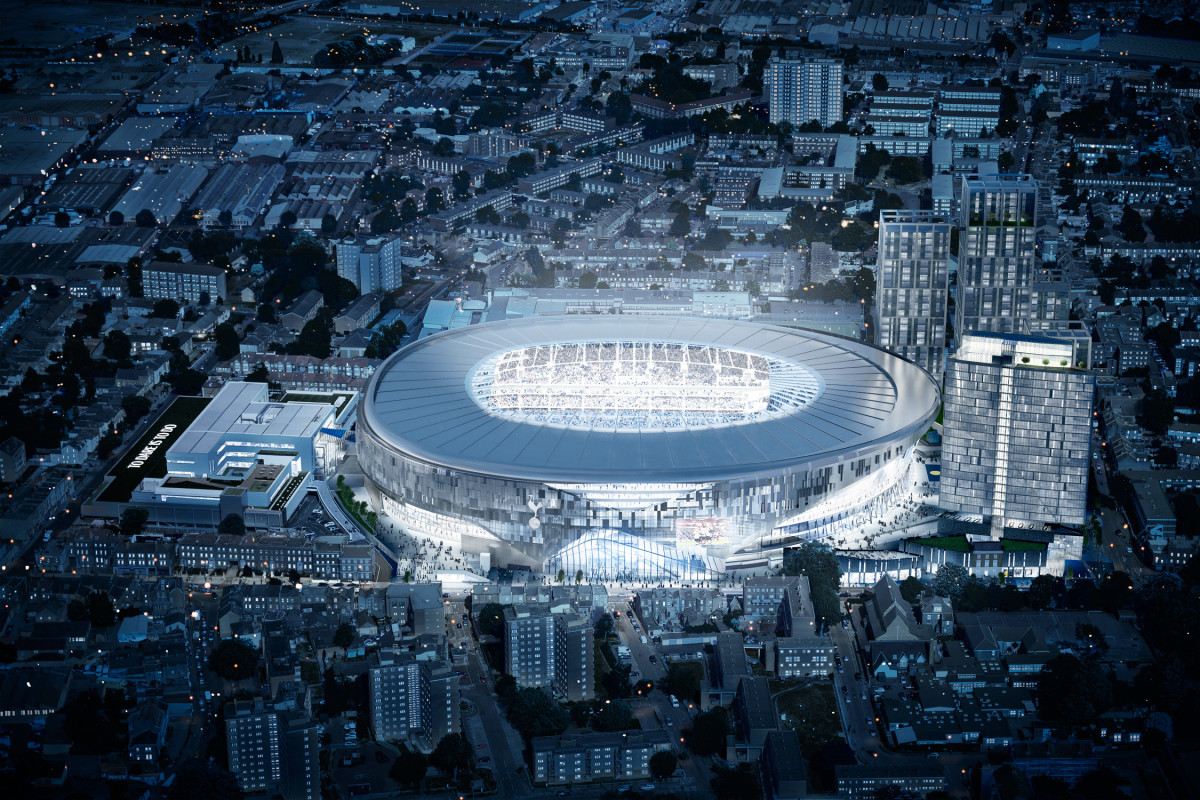
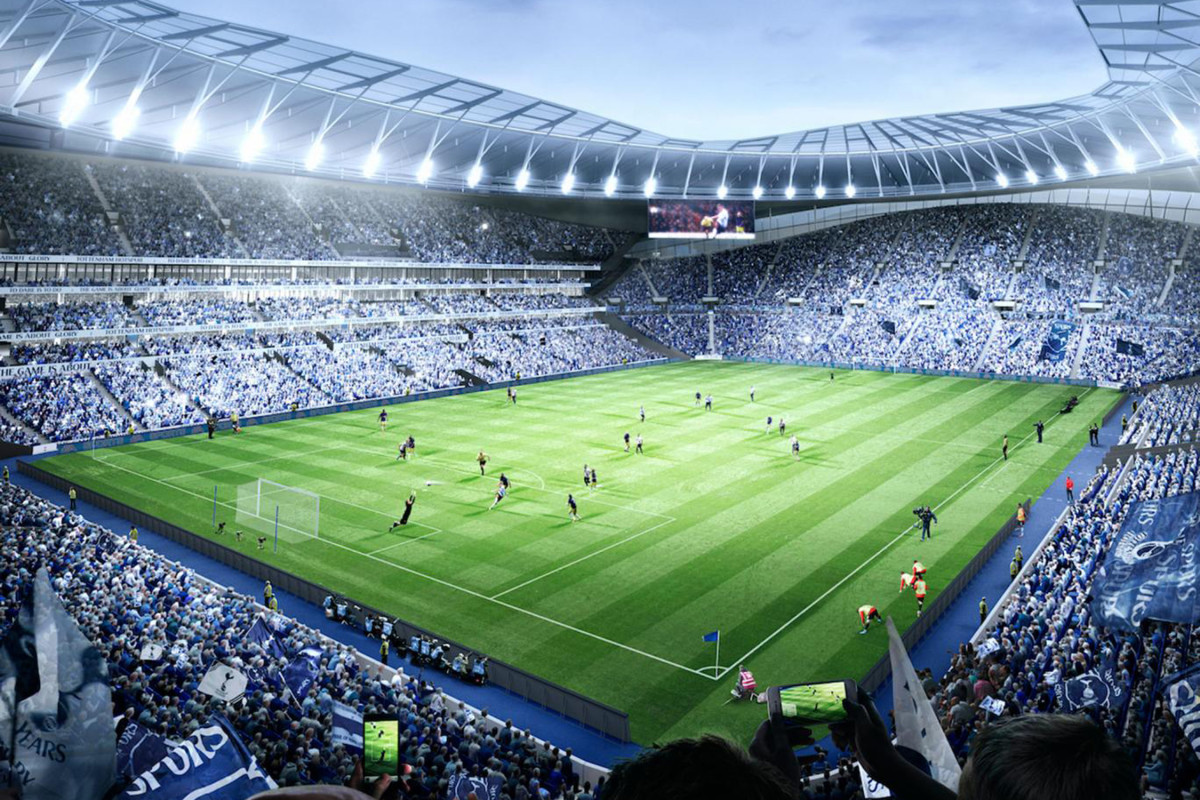
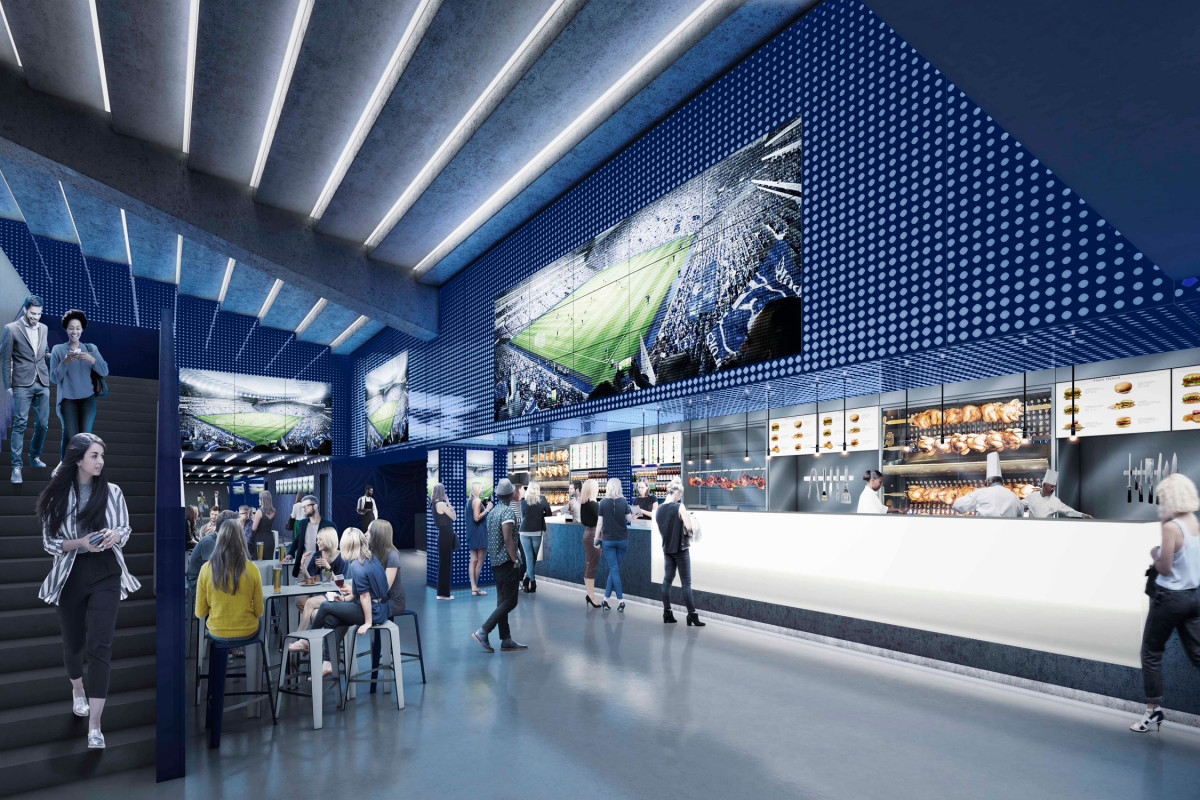
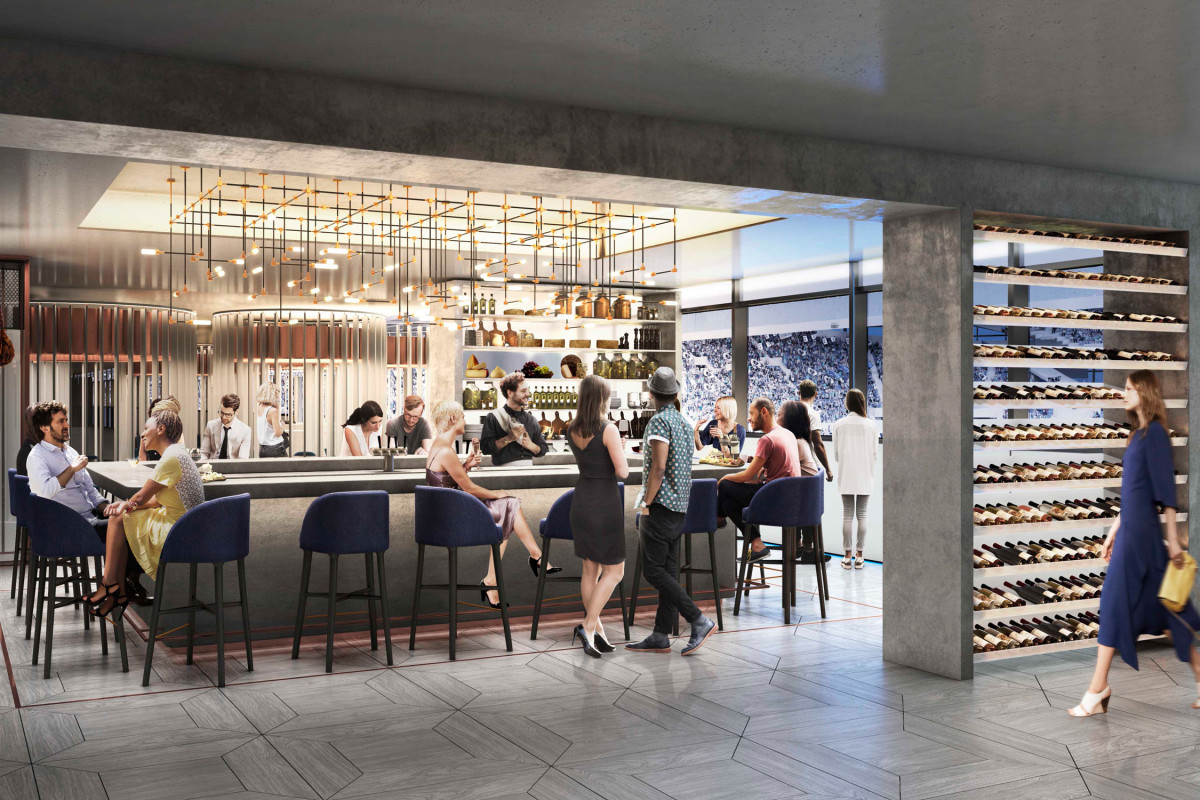
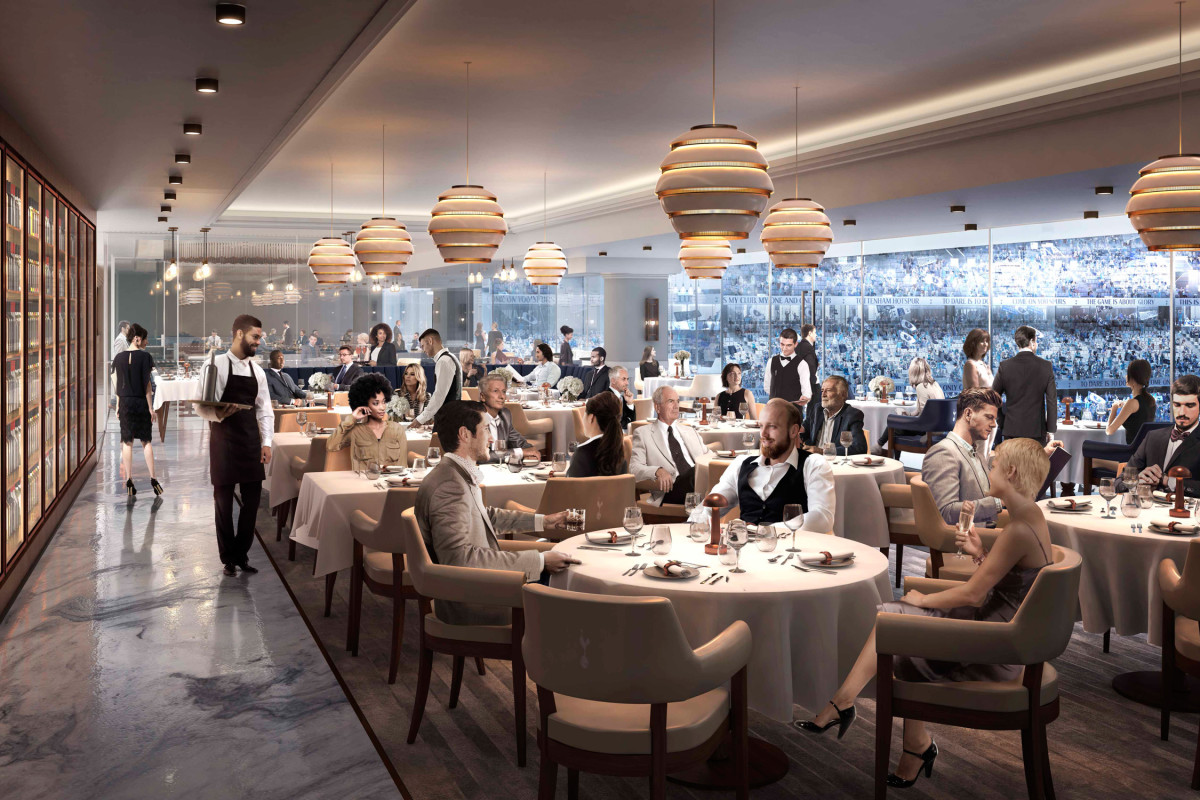


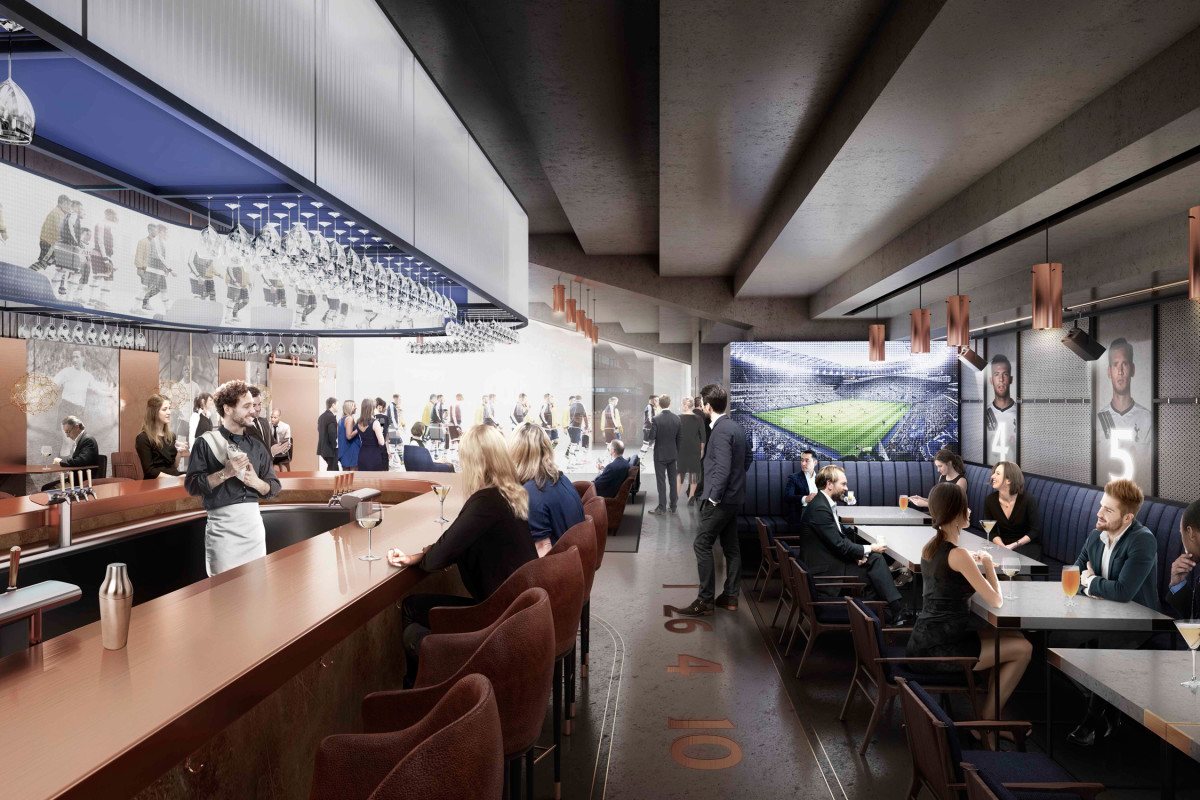
The larger modern stadium that has been growing up around the old Lane like a hungry Pacman, will again hold crowds of more than 60,000, allowing the club to generate the revenue to match the clubs it has been forlornly chasing through the Premier League years.
Yet the move presents a series of challenges. The development will cost £800 million ($1.03 billion). The much more modest rebuilding of the two main stands pushed the club to the financial brink, first in the 1970s and then in the 1980s, forcing the break-up of promising sides. Tottenham must carry the financial load without breaking up its team.
While the new ground, which overlaps White Hart Lane, is finished, Tottenham will have to play at Wembley for a year. It struggled there in Europe this season.
“We need to feel Wembley is our home,” Pochettino said on Sunday.
When it completes the move, Tottenham must quickly recapture the old atmosphere in its new home. That, as West Ham showed this season, can be tricky, although Tottenham has the advantage of creating a purpose-built soccer stadium and, it boasts, is focusing on keeping the fans close to the action.
Yet what made Sunday’s farewell so poignant for the fans was that after waiting so long for a side worthy of White Hart Lane’s history, they now have the team but not the stadium.
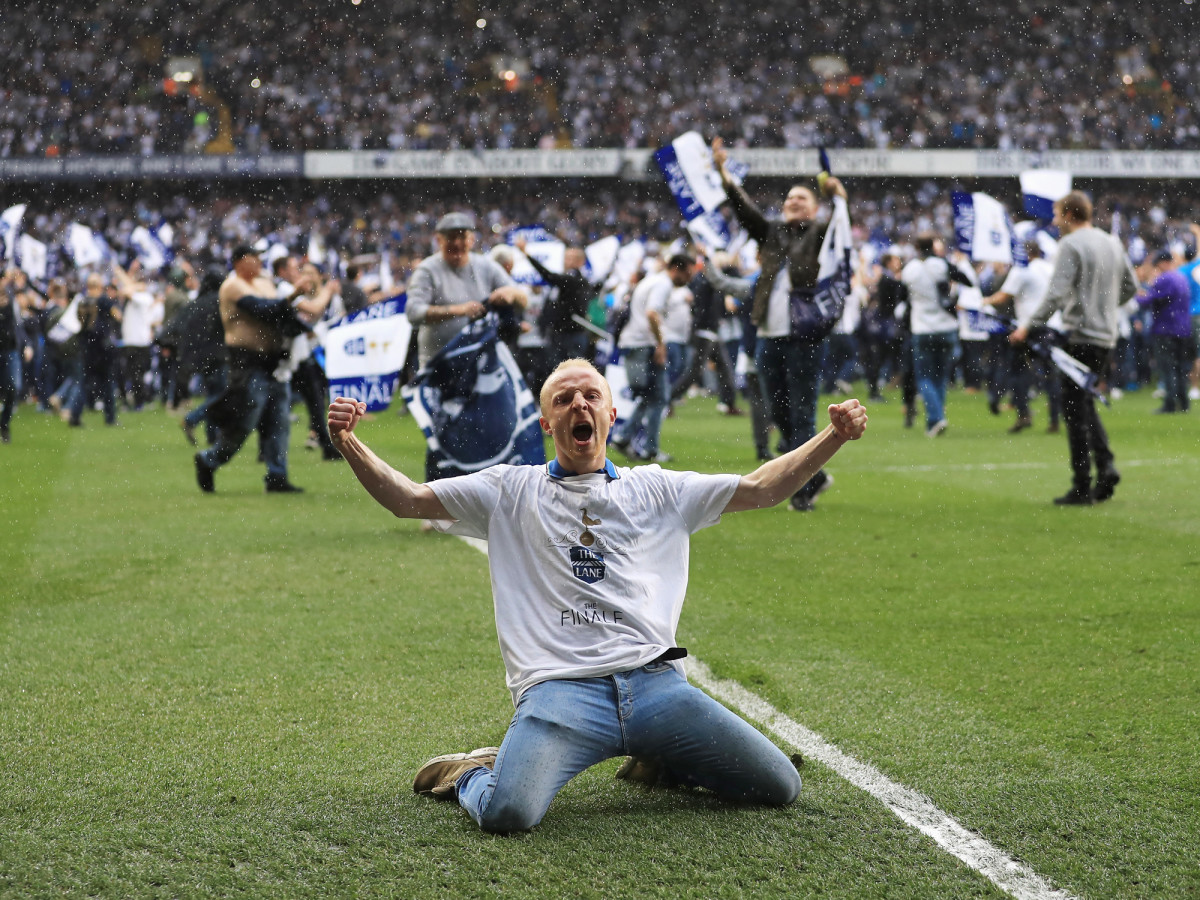
THAT END OF TERM FEELING It was the sort of weird weekend that reeks of the end of the season as the few teams with something to play for took on opponents with other things on their minds.
On Sunday, Manchester United, with a European final looming, rested several starters and played Eric Bailly, who is suspended for the Europa League, at right back to allow Chris Smalling and Phil Jones to rehearse in the center of defense. United only came into the game in the last 20 minutes when José Mourinho decided to risk Marcus Rashford, Ander Herrera and Henrikh Mkhitaryan off the bench. This was not United’s best available team and this was not its best display.
Earlier, Liverpool had taken on a West Ham team which had signaled how seriously it took its final last two games by sending captain Mark Noble for surgery on a long-standing injury. The Hammers were safe. They had delighted their fans by scuppering Tottenham’s title hopes in their previous home game. Long before the end of a 4-0 thrashing, most of the home players seemed to have given up and the home fans gone home. Liverpool gratefully regained third place. Victory over Middlesbrough at Anfield next Sunday will guarantee Champions League soccer.
Antonio Conte makes immediate mark in turning Chelsea back into a champion
Only Manchester City was made to sweat as it took on a Leicester team that seems, perversely, to have rediscovered the simple joy of playing soccer now that the pressure is off. City only won, 2-1, at home, because a second half penalty by Riyad Mahrez was bizarrely, but correctly, disallowed. City also controls its destiny.
TO HULL AND BACK After Swansea scored twice with just three shots to win at Sunderland on Saturday, Hull City made the long trip to Crystal Palace more in hope than expectation.
That hope died after three minutes when Andrea Ranocchia’s air kick gave Wilfried Zaha a goal. Hull could not manage a shot on target as it capitulated, 4-0. Palace and Swansea were safe. For the fourth time in five years, Hull ended the season by changing divisions.
The only wonder is that a club that did not buy players after being promoted last season, changed managers three times and then, belatedly, turned over half its squad in January, clung on for so long.
Back in August, Hull briefly led the standings after opening by beating the champion Leicester and, irony alert, winning away at Swansea. Yet all season, the club has lacked a striker who could stay fit and score regularly. Its top scorer, with nine goals, remains Robert Snodgrass, a midfielder who left in January. Under Mike Phelan, Hull looked good but kept losing. His replacement, Marco Silva, succeeded in eking out results, mostly at home, for a while. Yet, in the end a lack of goals, did for Hull. Sunday was its third straight blank and it has only scored four goals in its last six games. It could find no bang as it went out with a whimper.
Tale of the Tape: Real Madrid vs. Juventus in the Champions League final
FIT TO BE CHAMPION Great coaches have the ability to find a winning line-up, but they needed to be lucky to field it every week. For the second season in a row, the Premier League was won by the team that changed its starting eleven less than any of its rivals.
When Michy Batshuayi scored the late goal on Friday that gave Chelsea victory at West Brom and sealed the title, he was only doing what he was bought to do and scoring goals. Batshuayi arrived last summer to be Chelsea’s second striker. Yet he has hardly been needed. His 14-minute appearance brought his Premier League total to just 127 in 36 matches. The man he is backing up, Diego Costa, has played 3,028 out of a possible 3,200 minutes (not counting added time). Ten Chelsea players have played more than 2,400 minutes. Pedro has played 2,100. Cesc Fabregas and Willian have most filled in for more than 1,000 minutes, then there is a drop to the next busiest player still at the club, John Terry, who has played 376 minutes.
Chelsea has been astonishingly lucky with injuries, but teams that win titles often are. Antonio Conte was good enough and smart enough to make the most of his luck.
MEMORY LANE For a 6-year-old perched on his father’s shoulders, it was love at first sight. The golden cockerel perched on its old-fashioned soccer ball gleamed in the autumn sunshine. The home team, in sparkling white and still stacked with players who had won the famous Double, created patterns of a beautiful simplicity that even a little boy could grasp. The crowd of more than 55,000 roared its pleasure at a 3-1 victory over Arsenal and extended a friendly welcome, guiding the first-time visitor down to the front of the stand and lifting him over a low railing to sit with other children on a tarpaulin a few feet behind the goal. It could hardly get much better and, over the intervening decades, it rarely did.
Yet, through the good times, the bad times and the long mediocre times, it remained a place of happiness. It was home. And that first childhood love never waned.
